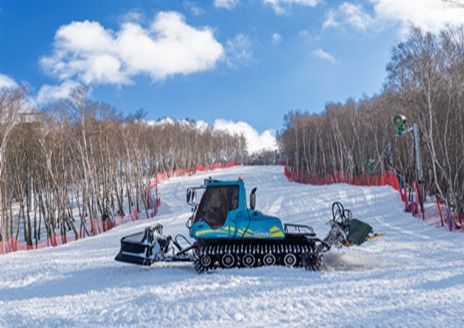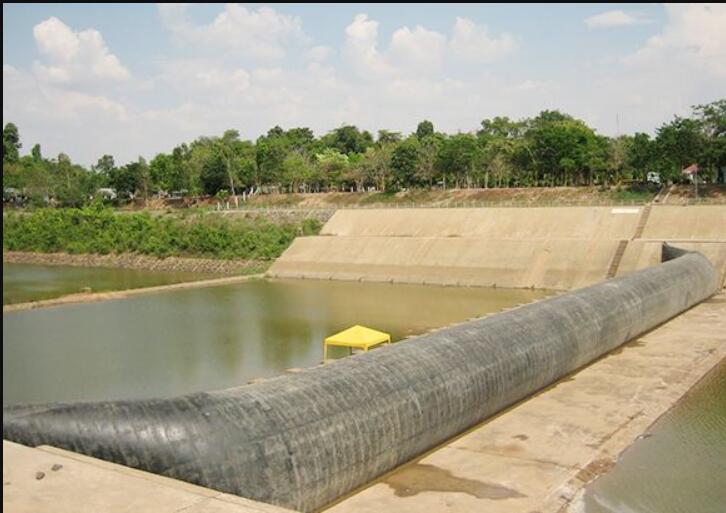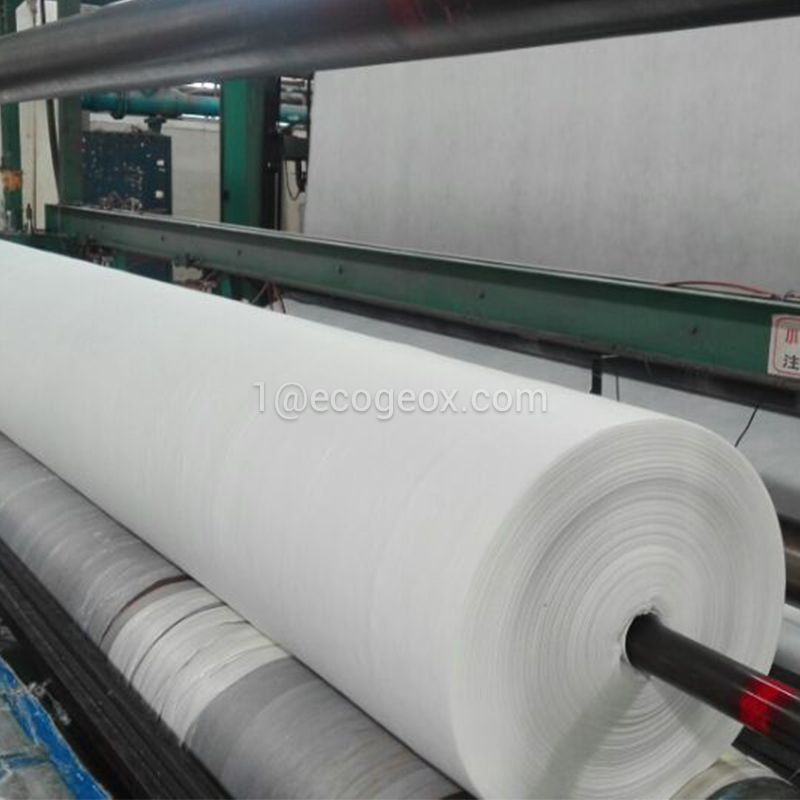- Automobiles & Motorcycles
- Beauty & Personal Care
- Business Services
- Chemicals
- Construction & Real Estate
- Consumer Electronics
- Electrical Equipment & Supplies
- Electronic Components & Supplies
- Energy
- Environment
- Excess Inventory
- Fashion Accessories
- Food & Beverage
- Furniture
- Gifts & Crafts
- Hardware
- Health & Medical
- Home & Garden
- Home Appliances
- Lights & Lighting
- Luggage, Bags & Cases
- Machinery
- Measurement & Analysis Instruments
- Mechanical Parts & Fabrication Services
- Minerals & Metallurgy
- Office & School Supplies
- Packaging & Printing
- Rubber & Plastics
- Security & Protection
- Service Equipment
- Shoes & Accessories
- Sports & Entertainment
- Telecommunications
- Textiles & Leather Products
- Timepieces, Jewelry, Eyewear
- Tools
- Toys & Hobbies
- Transportation
How to Apply Epoxy Floor Paint?
Epoxy floor paint is a popular choice for protecting and enhancing concrete floors in various settings, including garages, workshops, industrial facilities, and commercial spaces. Its durable, chemical-resistant, and easy-to-clean properties make it an ideal solution for achieving a long-lasting, attractive floor surface. In this step-by-step guide, we will walk you through the process of applying epoxy floor paint to transform your concrete floor into a durable and aesthetically pleasing space.

Step 1: Surface Preparation
Proper surface preparation is critical for the successful application of epoxy floor paint. Follow these steps:
Clean the Floor: Sweep and vacuum the floor to remove dust, dirt, and debris. Use a degreasing cleaner to eliminate any oil, grease, or stains.
Etch the Concrete: If the floor has a smooth finish or is coated with a sealer, etch the concrete using an etching solution. This will create a slightly rough surface that helps the epoxy adhere better.
Repair Cracks and Imperfections: Fill any cracks or holes in the concrete using an appropriate filler. Allow it to dry completely before proceeding.
Step 2: Primer Application
Before applying the epoxy floor paint, a primer coat is necessary to ensure proper adhesion and long-term performance. Follow these steps:
Mix the Primer: Thoroughly mix the epoxy primer according to the manufacturer's instructions.
Apply the Primer: Use a paint roller with an extension handle to apply the primer evenly across the floor. Work in small sections, starting from a corner, and apply the primer in smooth, overlapping strokes.
Related articles:Construction & Real Estate
Unveiling the Intricate Process of Aluminum Coil Production
Navigating the Spectrum of LVL Beam Grades
What is the difference between wall cladding and curtain wall?
Neoprene Bearing Pad: Versatile Solution for Structural Support
Glass Fused to Steel Tanks: Innovation in Liquid Storage Solutions
Exploring the Benefits and Functionality of W-Beam Highway Guardrails
Allow to Cure: Let the primer cure as per the manufacturer's recommended time. This typically ranges from a few hours to overnight.
Step 3: Epoxy Floor Paint Application
Now that the primer has cured, you can proceed with applying the epoxy floor paint. Follow these steps:
Mix the Epoxy Floor Paint: Carefully mix the two components of the epoxy floor paint as instructed by the manufacturer. Ensure the components are thoroughly combined for proper curing.
Divide the Floor: Divide the floor into manageable sections to ensure a consistent application.
Roll the Epoxy Paint: Using a clean roller, start applying the epoxy floor paint on the first section. Work in smooth, even strokes, and maintain a wet edge to prevent visible seams.
Add Decorative Chips (Optional): If you desire a decorative finish, you can sprinkle decorative chips onto the wet epoxy paint while it is still tacky. This adds texture and enhances the appearance of the floor.
Continue to the Next Sections: Repeat the epoxy floor paint application process in the remaining sections of the floor.
Step 4: Second Coat (Optional)
Depending on the epoxy floor paint's type and the desired level of protection, you may choose to apply a second coat. If doing so, allow the first coat to cure according to the manufacturer's instructions before proceeding with the second coat.
Step 5: Curing and Drying
Allow the epoxy floor paint to cure and dry completely before subjecting the floor to heavy traffic or placing heavy objects on it. The curing time varies depending on the product used, but it typically ranges from 24 to 72 hours.
Conclusion
By following these steps, you can successfully apply epoxy floor paint to your concrete floor, creating a durable, chemical-resistant, and visually appealing surface. The transformation of your space will not only provide added protection but also enhance its overall appearance, making it a more functional and aesthetically pleasing environment.
Further reading:Why Do People Like Shipping Container Homes?
What is the difference between strip seal and modular expansion joint?
The Mesmerizing World of Music Fountains
What are the different types of redispersible polymer powder?
Are FRP Backwater Tanks the Future of Sustainable Water Management?
Choosing the Right Geogrid for Your Project: Factors to Consider
What is Construction Grade HPMC?
Related Articles
If you are interested in sending in a Guest Blogger Submission,welcome to write for us!












Comments
0